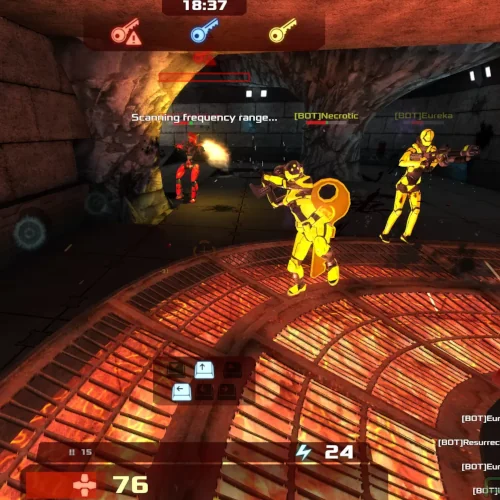Intel iGPU Linux Gamers May Be Better Off With The "Powersave" Governor

One of the areas I had been meaning to investigate since buying the Dell XPS 7390 Ice Lake laptop earlier this quarter with Core i7 CPU bearing Gen 11 graphics was seeing the impact of different CPU frequency scaling governors. Now that Intel's graphics are much more capable with Gen11 and beyond, it's an interesting area to explore with gaming becoming more viable. But Jason Ekstrand of Intel's open-source Linux graphics driver team has beat me to sharing some numbers.
He shared that using the "powersave" governor with Intel graphics on a Gen11/Icelake setup (in this case, a Razer Blade Stealth 13), led to 25~30% better performance for the recent Linux game port Shadow of the Tomb Raider compared to the "performance" governor as set by default with GameMode.
It makes sense though since with integrated graphics the power envelope is shared between the CPU cores and graphics. In the performance mode of quickly ramping up the CPU cores it may deprive the graphics, depending upon how CPU vs. GPU bottlenecked the software is.
Ekstrand posted a proposal for Feral's GameMode to use the powersave governor for Intel integrated graphics. In there he also suggested several other ideas although the only numbers expressed were the 25~30% figure for Shadow of the Tomb Raider.
I'll hopefully get to running some of my own tests soon, including looking at the Schedutil configuration on Ice Lake. So for now just take it as a P.S.A. that if you are using Intel integrated graphics for any light gaming you may want to consider trying out "powersave" and not immediately switching to "performance" or blindly following the GameMode defaults.
10 Comments

